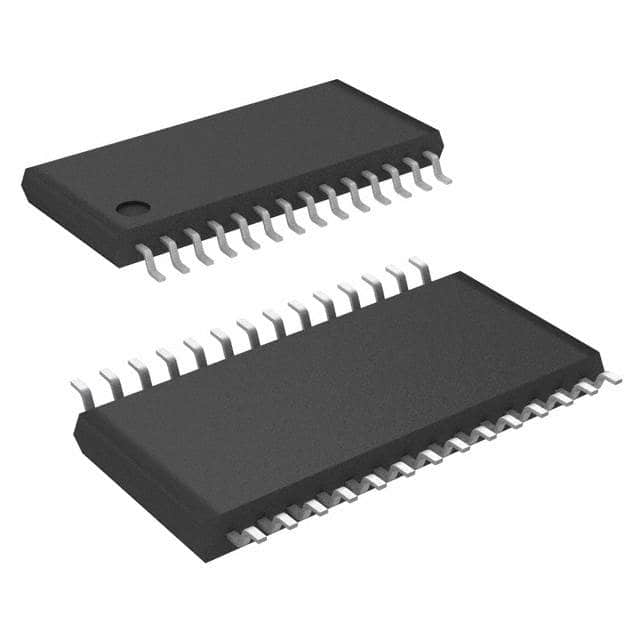CS8416-CZZR
Overview
Category
CS8416-CZZR belongs to the category of digital audio receivers.
Use
It is commonly used in audio equipment for receiving and decoding digital audio signals.
Characteristics
- High-performance digital audio receiver
- Supports various audio formats
- Low power consumption
- Compact package size
Package
CS8416-CZZR is available in a small form factor package, making it suitable for space-constrained applications.
Essence
The essence of CS8416-CZZR lies in its ability to receive and process digital audio signals with high fidelity.
Packaging/Quantity
This product is typically packaged in reels or tubes, with a quantity of 2500 units per reel/tube.
Specifications and Parameters
- Input voltage: 3.3V
- Operating temperature range: -40°C to +85°C
- Sampling rate: up to 192kHz
- Digital audio interface: I2S, S/PDIF
- Power consumption: <100mW
Pin Configuration
For detailed and complete pin configuration, please refer to the datasheet of CS8416-CZZR.
Functional Characteristics
CS8416-CZZR offers the following functional characteristics:
- Digital audio signal reception and decoding
- Support for multiple audio formats
- Automatic sample rate detection
- Integrated PLL for clock recovery
- Error detection and correction
Advantages and Disadvantages
Advantages
- High-performance audio reception and decoding
- Wide range of supported audio formats
- Low power consumption
- Compact package size
Disadvantages
- Limited analog audio output options
- Requires external components for full functionality
Applicable Range of Products
CS8416-CZZR is widely used in audio equipment such as: - AV receivers - Soundbars - Home theater systems - Digital audio interfaces
Working Principles
CS8416-CZZR operates by receiving digital audio signals through its input interface, decoding them, and providing the decoded audio data to the output interface for further processing or playback.
Detailed Application Field Plans
CS8416-CZZR can be applied in various audio-related fields, including: 1. Professional audio recording studios 2. Consumer audio systems 3. Automotive audio systems 4. Multimedia devices 5. Gaming consoles
Detailed Alternative Models
Some alternative models to CS8416-CZZR include: - CS8412 - WM8804 - DIR9001 - AK4118 - PCM9211
5 Common Technical Questions and Answers
Q: What is the maximum supported sampling rate of CS8416-CZZR? A: The maximum supported sampling rate is 192kHz.
Q: Can CS8416-CZZR decode DSD audio format? A: No, CS8416-CZZR does not support DSD audio format.
Q: Does CS8416-CZZR require an external clock source? A: Yes, an external clock source is required for proper operation.
Q: What is the power supply voltage range for CS8416-CZZR? A: The recommended power supply voltage is 3.3V.
Q: Can CS8416-CZZR be used in battery-powered devices? A: Yes, CS8416-CZZR's low power consumption makes it suitable for battery-powered devices.
This encyclopedia entry provides an overview of CS8416-CZZR, including its category, use, characteristics, package, specifications, pin configuration, functional characteristics, advantages and disadvantages, applicable range of products, working principles, detailed application field plans, alternative models, and common technical questions and answers.


